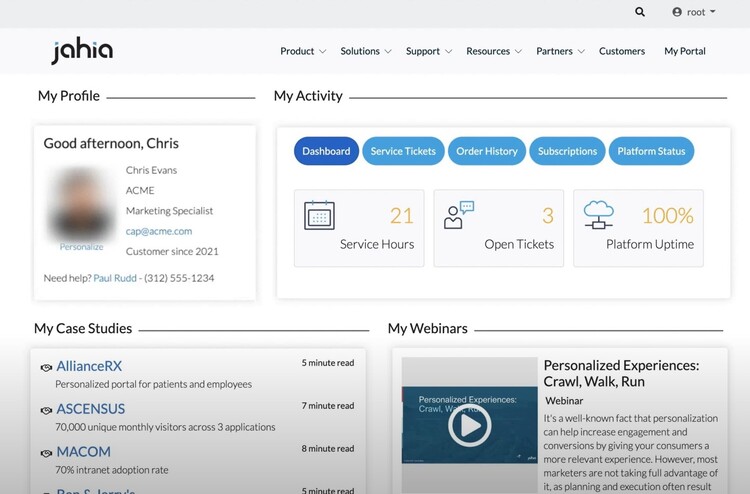Deconstructive Innovation: The New Path To Upgrade DX

Many developers have had to re-work code to untangle a problem. IT-gifted people have sat on the other end of the phone to answer help desk questions (aka, is it turned on?). Marketers have to break down marketing campaigns to figure out why the results were not what were expected. What is the common denominator in all these cases? Deconstruction.
In other words, there are times when breaking down the current issue - or, deconstructing it - is necessary to get the project back on track again. Or, in more extreme cases, deconstruction completely eradicates the existing structure to start over again from a zero-based beginning.
One ‘flavor’ of deconstruction is creative deconstruction. Creative deconstruction means taking the project, process or results apart with a fresh perspective that seeks new possibilities.
Innovation is the process of applying an existing solution in a new way or creating a new solution to meet a new need. Either way, innovation adds value to the end user.
In digital enterprise, brand and customer experience is everything. If your end user - your customer - does not have a unique, relevant, personal and positive experience with your brand, they will not stick around to see what’s next. Customer loyalty depends on their delight.
If your in-house end user - your employees - do not have a cohesive, clear, productive, target-oriented experience with your brand, they will not stick around either. Employee retention depends on frictionless enterprise (which we will explore in future blog posts).
Putting deconstruction together with going beyond mere creativity to innovation is where digital experience gains new momentum.
Deconstructive innovation, from a digital enterprise point of view, is the process of taking an experience apart for the purpose of adding greater value to the customer.
The difference between deconstructive innovation and deconstruction is that deconstruction happens to solve a non-working issue or it completely demolishes what exists to clear the way for something new. Deconstructive innovation seeks to leverage what exists to create something even better for the customer experience.
3 Models of Deconstructive Innovation
Blue Ocean Strategy
The idea here is to go beyond the ‘red ocean’ of competitive sameness to find the uncontested ‘blue ocean’ of business. (Think: leading the Third Wave of Digital Marketing.)
- 1. What needs to be eliminated?
- 2. What needs to be reduced?
- 3. What needs to be increased?
- 4. What needs to be innovated?
Digital Darwinism
The concept is that consumer behavior continues to evolve at the pace of society and technology which may be faster than an organization’s ability to adapt; those organizations that cannot adapt will no longer exist. By becoming aware of where your organization is not adapting, changes can be made to stay competitive in your market.
- 1. Where is the attention of your connected consumer focused?
- 2. What is the higher purpose of your offer?
- 3. What in your brand identity is worthy of affiliation? What can people believe in as a result of supporting your brand?
- 4. In what ways are your interactions with your customers beneficial and shareable?
- 5. How does your brand localize to various locations, communities and cultures?
- 6. How does your brand stay consistent and dedicated through meaningful interactions?
- 7. In what ways is your brand true to the original mission and intention? If there are discrepancies, address them immediately (and do not be swayed by short-term gains).
- 8. How does your brand recognize and reward community participants to foster reciprocity, community and relationships?
- 9. Is your business adaptive? That is, does your organization listen, learn and change based on the needs of your connected customers and your market to stay relevant, indispensable and valuable?
Theory of Constraints
This methodology, borrowed from manufacturing, identifies the most important limiting factor (i.e. constraint, or bottleneck) that stands in the way of achieving a goal and then systematically improves that constraint until it is no longer the limiting factor.
- 1. What is the system constraint? What is choking, limiting, stalling or stopping flow?
- 2. How can the identified constraint be optimized? What can be done to get as much capacity from that constraint without undergoing expensive changes or upgrades?
- 3. How can you subordinate everything else to allow that constraint to operate at maximum effectiveness? At this point, you want to evaluate your overall system to see if the constraint has shifted to another element. If the original constraint is eliminated, go to #5.
- 4. How can you elevate the constraint to take whatever action is necessary to eliminate it? This step will only be taken if #2 and #3 have not been successful. This is also where major changes to the existing system are considered.
- 5. Return to #1, but be aware of potential inertia, stagnancy and comfort zones.
Whatever your approach to deconstructive innovation to benefit your digital brand and customer experience, remember that the point is not to create chaos without redemption or to identify problems without resolution.
Deconstructive innovation is a positive way to upgrade your existing systems, workflows and business processes to better serve your customer through agility, enhanced performance and deliver even more value to build dynamic, long-term relationships.


